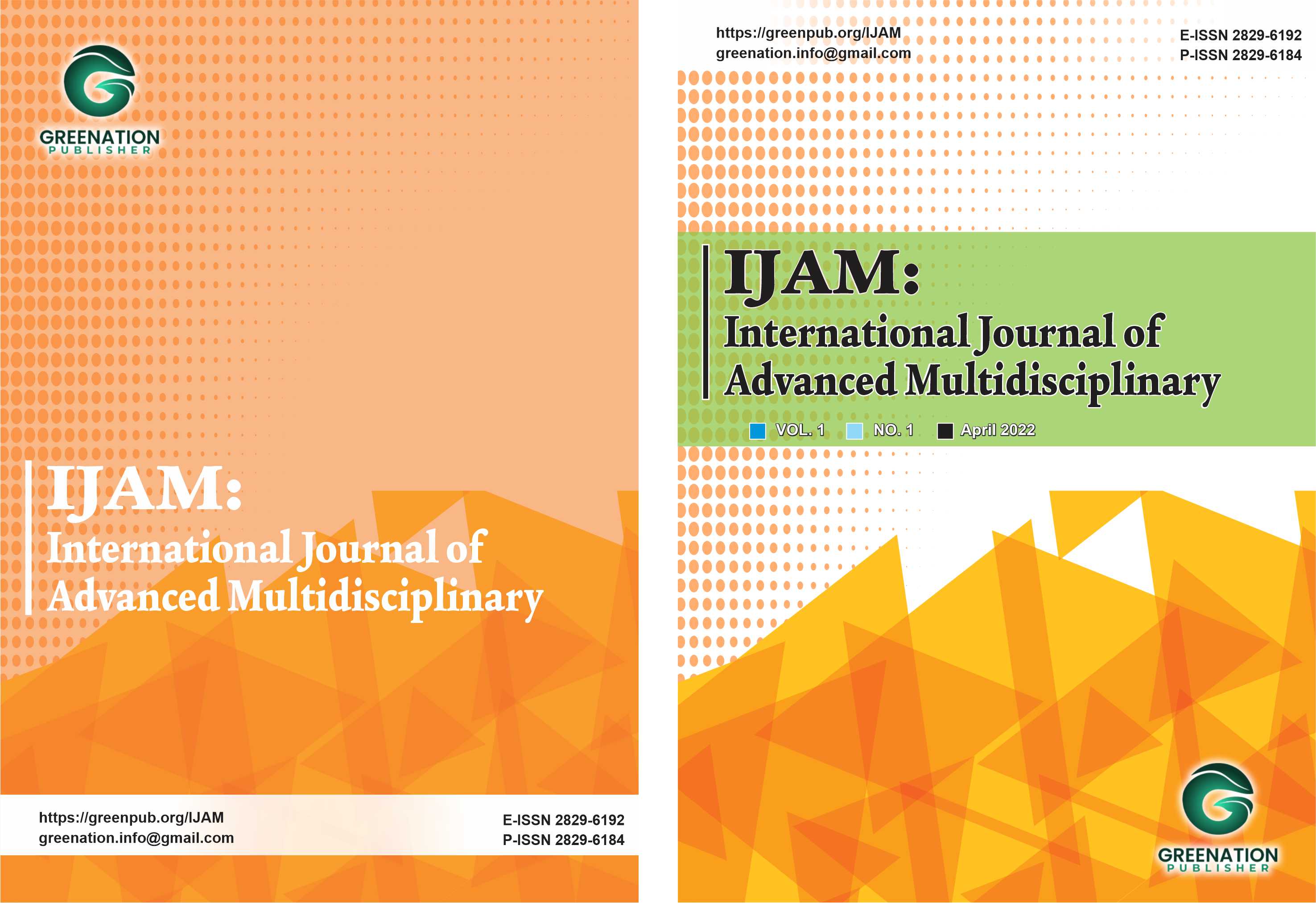Analysis of Errors in the Translation of Arabic prepositions into Malay: A Case Study Among Islamic University Students
DOI:
https://doi.org/10.38035/ijam.v4i3.1398Keywords:
translation analysis, semantic deviations, prepositionsAbstract
The problem of this study refers to the need for evaluating the effectiveness of the teaching and learning process of the Arabic language among students at the Islamic University. A descriptive analysis methodology was employed to identify the types of errors made. The focus of the research was on the phenomenon of translating Arabic prepositions into Malay. The study sample was taken from translation exercises conducted by students during lecture sessions. This served as a systematic evaluation of their translation ability and skills, while also identifying the forms and aspects that led to such errors. One (1) set of sample texts (containing 20 selected Arabic sentences with prepositions) was translated by thirty-three (33) research participants. Their translations were then analyzed based on error categories and dimensions, such as the accuracy of preposition choice and whether any modifications were made to the selection of prepositions in the translation. How did these occur? Why were they made? The findings recorded nine translation errors of prepositions in the target texts. This indicates that some participants lacked systematic skills in producing their translations. The semantic deviations clearly demonstrate that they did not fully comprehend the meaning of the source text, making it difficult to transfer it accurately into the target text.
References
Ahmad Warson Munawwir. (1997). Al-Munawwir Kamus Arab-Indonesia. Pustaka Progresif.
Asmah Hj Omar. (1984). Kesalahan Umum Penggunaan Bahasa Malaysia. Kuala Lumpur.
Azman Che Mat. (2005). Terjemahan Kata Sendi Nama Bahasa Arab kepada Bahasa Melayu: Satu Analisis. Dalam Abdullah Hassan dan Low Kok On, Terjemahan dan Penglobalan Ilm. Kuala Lumpur: PTS Professional.
Al-Ghal?y?n?, Mustaf?. (1993). J?mic al-Dur?s al-Arabiyyah. Beirut: al-Maktabahal- ?sriyyah.
Haslina Haroon. (2015). Penterjemahan Gaya Bahasa Daripada Bahasa Inggeris Kepada Bahasa Melayu Dalam Baris Kepala Iklan. Malaysian Journal of Communication. 31(1).
Ismail Muhamad & Azman Bin Che Mat. (2010). Memaknakan Terjemahan Frasa Sendi Bahasa Arab ke Bahasa Melayu Berdasarkan Ilmu Sintaksis-Semantik. Islamiyyat.
Mann?’ bin Khal?l Al-Qa???n. (2000). Mab???th f? ‘Ul?m al-Qur’?n. Maktabah Wahbah.
M. Faisol Fatawi.(2017). Seni Menerjemah: Tataran Teoritis dan Tuntunan Praktis. Yogyakarta: Dialektika.
Mohd Hilmi Abdullah. (2015). Konsep, Kaedah Dan Teknik Terjemahan Arab-Melayu. Pustaka Hilmi
Muh.Saifullah, Mukhtar, Rahmat R, Basri Mahmud & Hamzah. (2021). Ragam Makna Harf Jar Dalam Surah Al-Sajadah (Suatu Analisis Sintaksis). loghat Arabi( jurnal bahasa Arab dan pendidikan bahasa Arab. vol 2 no 1: 2.
Nik Safiah Karim et.al. (1996). Tatabahasa Dewan. Kuala Lumpur: Dewan Bahasa dan Pustaka.
Nik Safiah Karim, Farid M.Onn, Hashim Haji Musa & Abdul Hamid Mahmood (2008) Tatabahasa Dewan Edisi Ketiga.. Dewan Bahasa dan Pustaka.
Napis Dj. (2019). Linguistik dengan I’rab Al-Qur’an dan Posisi Bahasa Arab dalam Memahami Al Qur’an. Jurnal AL-MUTSLA 1. no. 1 .https://doi.org/10.46870/jstain.v1i.
Ibnu Burdah dan Yahya. (2004). Menjadi Penerjemah Wawasan dan Metode Menerjemah Teks Arab. Tiara Wacana.
Zainur Rijal B. Abdul Razak &Mahmoud Mohammed Ali. (2014). Perbezaan di antara Kata Kerja Berimbuhan dalam Bahasa Arab dan Bahasa Melayu. Jurnal Linguistik , Vol.18 (1) Jun 2014, (035-047).
Za’ba. (2000). Pelita Bahasa Melayu penggal I-III Edisi Baharu. Kuala Lumpur: Dewan Bahasa & Pustaka.
Downloads
Published
How to Cite
Issue
Section
License
Copyright (c) 2025 Muhammad Darussalam Munthe Borneo, Muhammadul Bakir bin Yaacob

This work is licensed under a Creative Commons Attribution 4.0 International License.
Authors who publish their manuscripts in this journal agree to the following conditions:
- The copyright on each article belongs to the author(s).
- The author acknowledges that the International Journal of Advanced Multidisciplinary (IJAM) has the right to be the first to publish with a Creative Commons Attribution 4.0 International license (Attribution 4.0 International (CC BY 4.0).
- Authors can submit articles separately, arrange for the non-exclusive distribution of manuscripts that have been published in this journal into other versions (e.g., sent to the author's institutional repository, publication into books, etc.), by acknowledging that the manuscript has been published for the first time in the International Journal of Advanced Multidisciplinary (IJAM).























